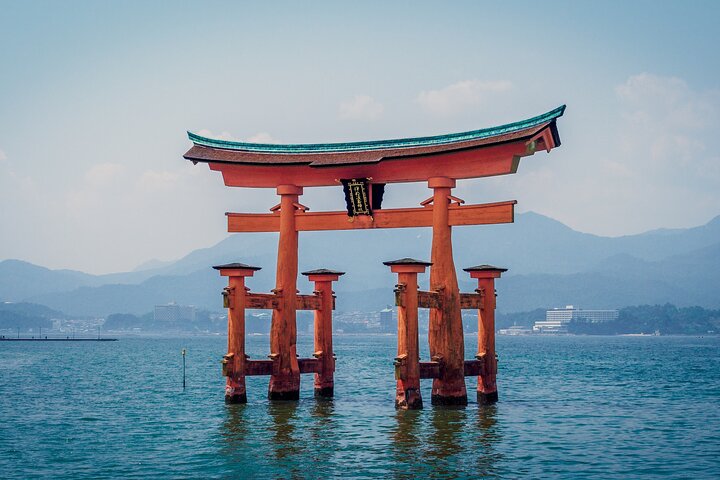
Mihara, located in Hiroshima Prefecture, is a hidden gem that offers a blend of natural beauty, rich history, and unique experiences. Nestled along the Seto Inland Sea, Mihara is known for its stunning coastal views and serene atmosphere. One of the must-do activities in Mihara is taking a comfortable transfer from Hiroshima Airport to Hiroshima Port, which allows you to enjoy the scenic journey in comfort. The city is also home to the historic Mihara Castle, where you can immerse yourself in the local history and enjoy panoramic views of the surrounding area. For those who love nature, the nearby Buttsu-ji Temple offers a tranquil escape with its beautiful gardens and peaceful ambiance. Whether you’re a history buff, nature lover, or simply looking for a relaxing getaway, Mihara has something to offer for everyone.
Mihara, located in Hiroshima Prefecture, is a hidden gem that offers a blend of natural beauty, rich history, and unique experiences. Nestled along the Seto Inland Sea, Mihara is known for its stunning coastal views and serene atmosphere. One of the must-do activities in Mihara is taking a comfortable transfer from Hiroshima Airport to Hiroshima Port, which allows you to enjoy the scenic journey in comfort. The city is also home to the historic Mihara Castle, where you can immerse yourself in the local history and enjoy panoramic views of the surrounding area. For those who love nature, the nearby Buttsu-ji Temple offers a tranquil escape with its beautiful gardens and peaceful ambiance. Whether you’re a history buff, nature lover, or simply looking for a relaxing getaway, Mihara has something to offer for everyone.








































































































